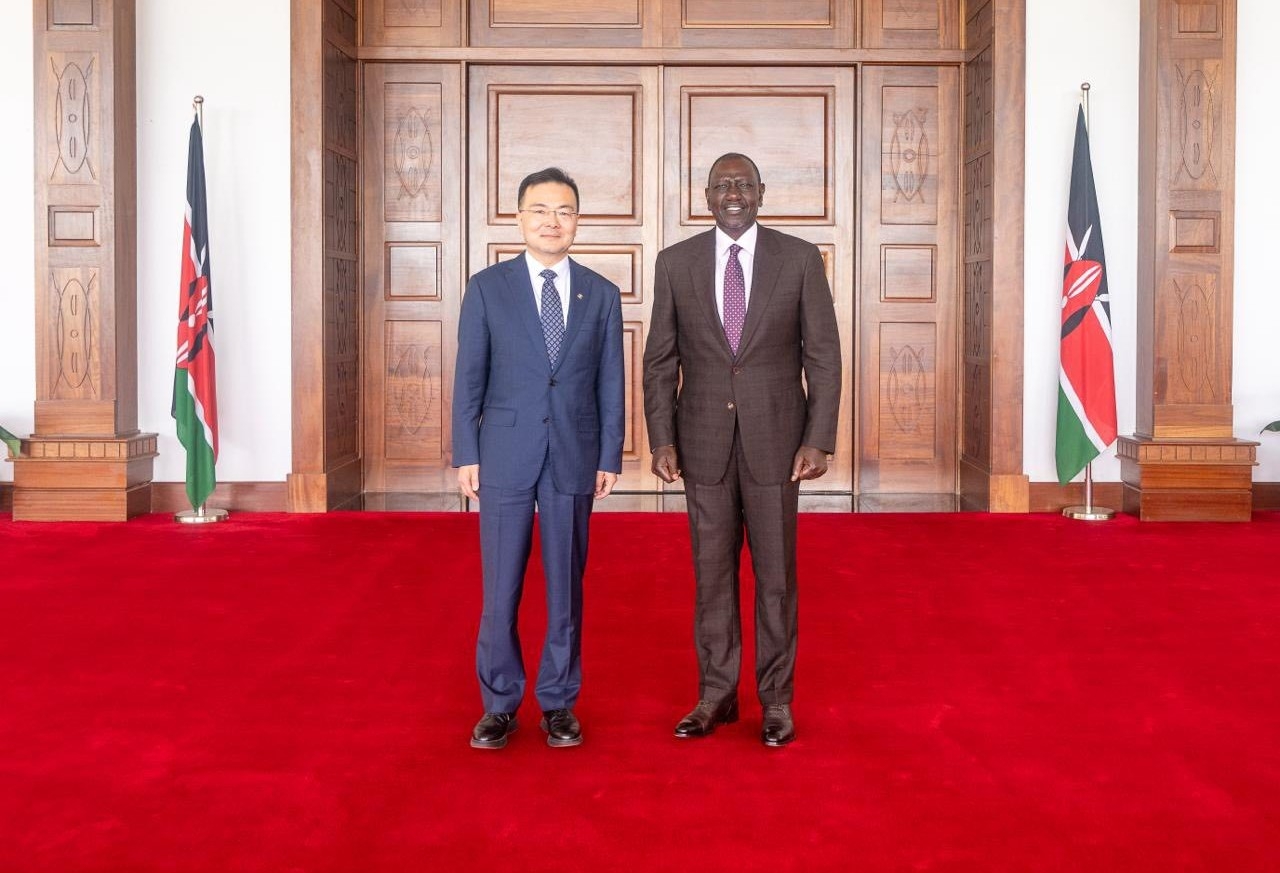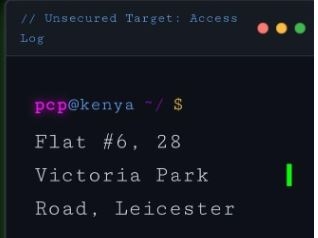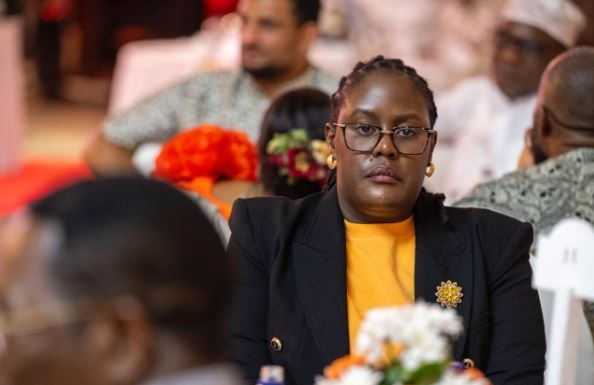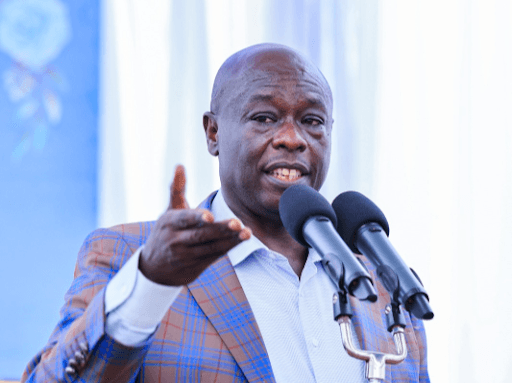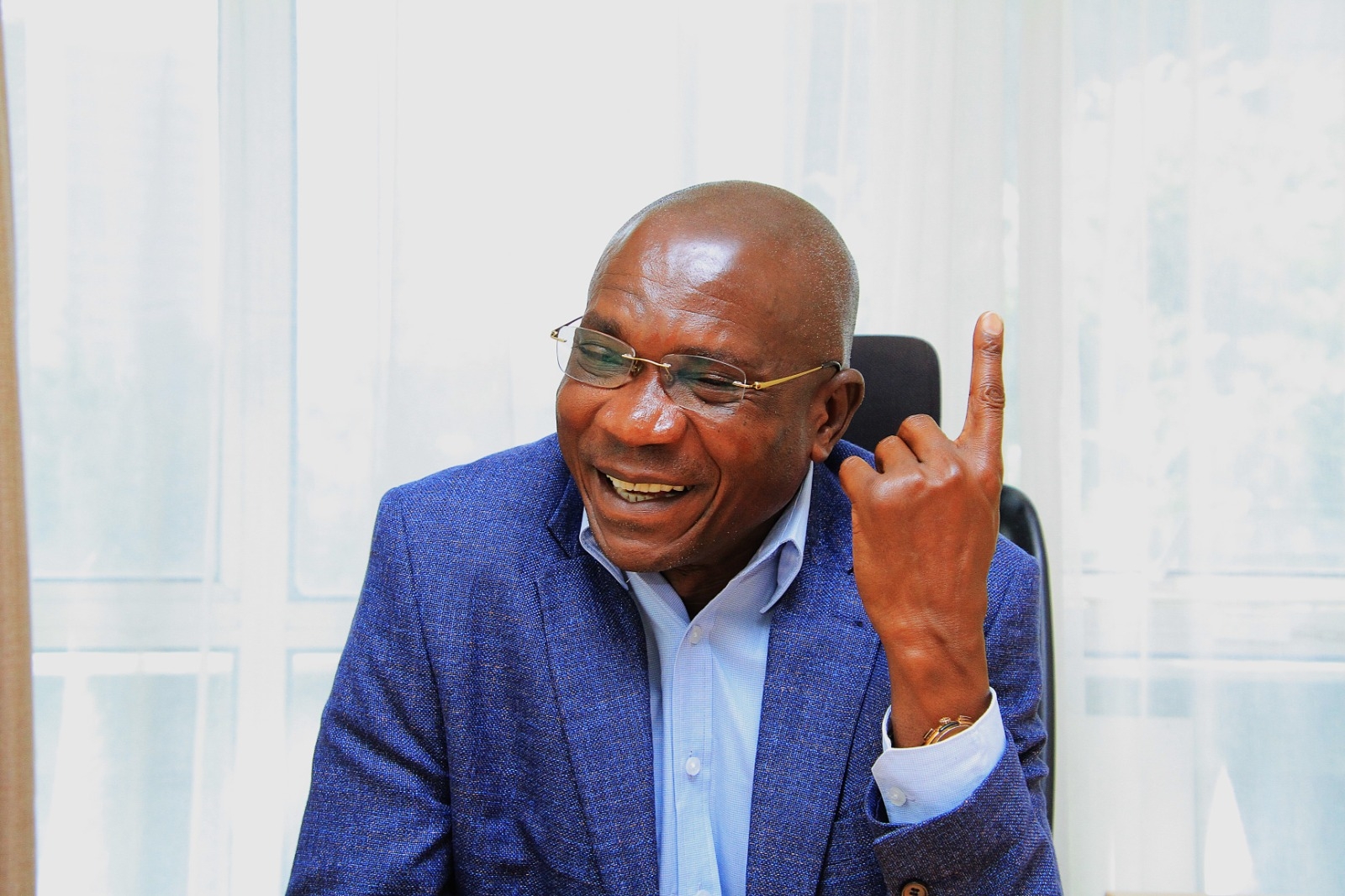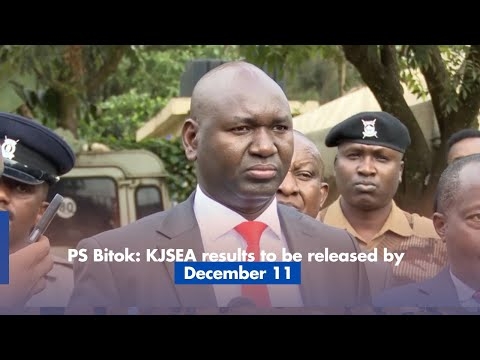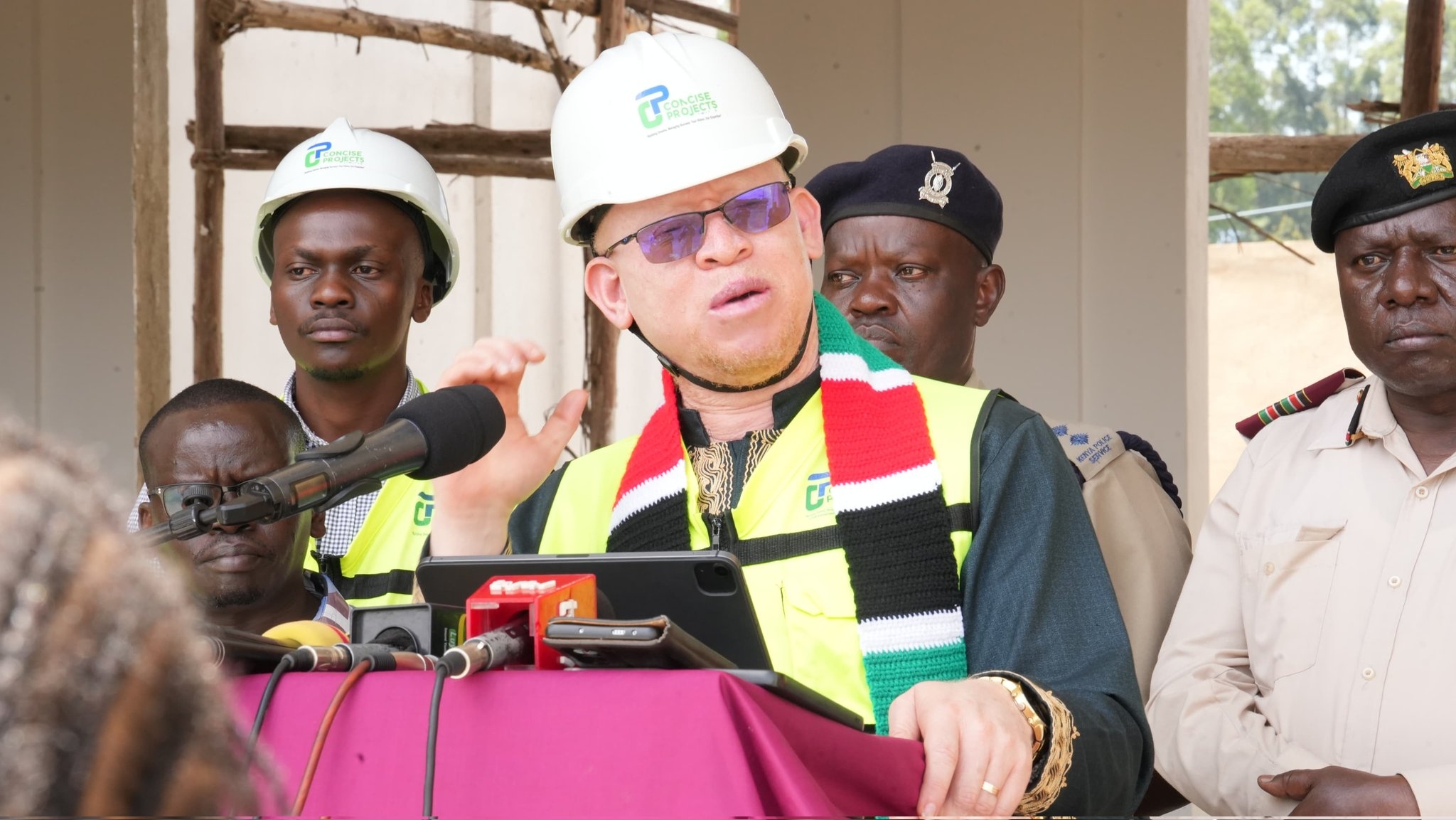You can tell a lot about an American president’s priorities by simply observing which world leaders he invites to the White House for an official visit early in his tenure.
And so, when Yoshihide Suga, the Prime Minister of Japan, visited the US in mid-April, this was a clear sign of the importance the new US administration places on its relationship with Japan.
Indeed, President Joe Biden reiterated this in his statement. "As you know, this is the first foreign leader to visit me in my presidency, and I'm really pleased to welcome such a close ally and good partner," he said during a bilateral meeting in the State Dining Room at the White House.
The summit meeting on April 16 was followed by a joint White House press conference, where Biden said, “Prime Minister Suga and I affirmed our ironclad support for US-Japanese alliance and for our shared security.”
A report by CNN further mentioned that this alliance has served as the cornerstone of peace, security and prosperity in the Indo-Pacific region and across the world for more than six decades.
Although on the surface, the Joint Leaders’ Statement focused on regional issues in the Far East, there was one point mentioned that was of particular significance to Kenya: their cooperation to forge a “Free and Open Indo-Pacific”.
So, what exactly is this diplomatic concept of a “Free and Open Indo-Pacific” (FOIP), and why should it matter to Kenya?
The concept of FOIP was actually launched by former Japanese Prime Minister Shinzo Abe during the Tokyo International Conference on African Development (Ticad) VI in 2016. It was held for the first time outside Japan, in Nairobi. (Incidentally, after the Ticad 7 conference in Yokohama, Japan, in 2019, the next Ticad conference, Ticad 8, will be held in Tunisia in 2022).
In practical terms, FOIP is a diplomatic concept that aims to promote stability and prosperity of the international community by improving the connectivity of Asia and Africa through a free and open Indian and Pacific Ocean.
As it happens, the concept of FOIP is materialising at a time when the American government has evidently shifted its diplomatic policy from an inward-oriented “America First” policy to a more proactive and outward-oriented “America is Back” policy under the Biden administration.
It is this combination of policy objectives, which seems to promise a scaling up in multilateral cooperation in Africa by the Japan-US Alliance, for which Biden has “affirmed [his] ironclad support”.
Growth of Blue Economy and creation of Special Economic Zone will transform the historically marginalised coastal region beyond its current status as a regional logistics hub
PAST, FUTURE BENEFITS
All along there have been many similarities in the development assistance Kenya has received from both Japan and the USA.
For example, by far the most successful development aid intervention in the field of public health has been the USAid programme known as the President’s Emergency Plan For Aids Relief (Pepfar). Through it, the US has given hundreds of millions of dollars over the past two decades to fund the supply of free antiretroviral drugs to people living with Aids in developing nations all over the world. Kenya has been a key recipient of this assistance, and hundreds of thousands of lives have been saved.
There is simply no way Kenya or any other developing nation would have been able to afford the cost of these antiretroviral drugs over a period of many years if Pepfar had not been created to provide this support.
In the same spirit, Japan has more recently stepped forward to provide Kenya with financial assistance in support of one of the key pillars of the ‘Big Four Agenda’: Universal Health Coverage.
As mentioned by Japanese Ambassador Ryoichi Horie in an Op-Ed in the Star last year, “…if there is one thing the Covid-19 pandemic has made uncompromisingly clear, it is that every country, rich or poor, must strive towards UHC, as any alternative systems for public healthcare are simply not up to the task of saving lives when a major pandemic strikes. Citizens should be able to visit any health facility with confidence that they will receive the best treatment possible, without having to worry about the cost of the treatment.”
Towards this end, Japan has provided long-term and ongoing funding for UHC, amounting to Sh8 billion, to help Kenya move forward this national ambition of providing UHC.
Now turning to future benefits, these are likely to be very many, but two opportunities stand out.
First is the increase in maritime security and cooperation in the field of the Blue Economy, a specific field where both Japan and US put priority in their diplomatic policy for Kenya.
Kenya as a coastal country has a lot of potential in the Blue Economy, this being a term in economics relating to the use and preservation of the marine environment through a sustainable development approach to the resources.
However, in fact, Kenya loses billions of shillings annually to illegal, unreported and unregulated fishing by foreign vessels in its territorial waters. Partly to mitigate this loss and promote maritime security in the region, the Kenyan Parliament adopted the Coast Guard Act 2018 and the Kenya Coast Guard Service (KCGS) was established.
Resonating with the above-mentioned FOIP strategy, Japan has been actively contributing to enhance Kenya’s maritime security in various ways, such as co-hosting the first Sustainable Blue Economy Conference in Nairobi in 2018 and providing different forms of support to the KCGS, which included donating 17 patrol vessels and offering training opportunities for its capacity building. Japan has a great deal of experience in maritime cooperation with Asian countries and is now expected to expand this cooperation in Kenya.
ECONOMIC OPPORTUNITIES
Taken to its logical conclusion, the practical outcome of FOIP would lead to the creation of a whole new economic sector in a manner that has not been seen in Kenya for a while.
What this means is that with proper reporting and regulation, and above all with the building up of Kenya’s own industrial fishing capacity, it would logically end the exploitation of Kenya’s Blue Economy potential. Regulated fishing would lead to billions of shillings equivalent in foreign exchange flowing into Kenya. In the process, many maritime jobs would also be created. Quite aside from fishing, there would also be seafood processing opportunities and the establishment of factories dedicated to this.
Fisheries around the globe generate about $246 billion or Sh24.6 trillion in annual revenues, if we include the value of all the indirect industries that it gives rise to. And the worldwide fishing industry employs around 200 million people. So the opportunities open to Kenya in this field of the Blue Economy are immense.
The second range of opportunities for the Japan-US cooperation could be found in the creation of employment opportunities within Mombasa county. Mombasa has a long-established role as a lifeline gateway for Kenya and the region. Japan and the US have both contributed to the development of the Mombasa port as a strategic hub of business, transportation and security in the region.
The development of the Mombasa port and the Dongo Kundu Special Economic Zone (SEZ) is one of the key projects of Japan in Kenya. The SEZ concept offers the perfect combination of facilities to attract investment from foreign countries and the local community in the manufacturing sector, which could lead to the creation of an estimated 27,000 jobs in Kenya.
The setting up of the Mombasa SEZ, which is designed as a 987ha industrial and commercial hub in the Dongo Kundu area, is in many ways a scaling up of the manufacturing that is already taking place in the various Export Processing Zones (EPZ) found across Kenya.
These EPZ factories mostly manufacture garments for the US market, and indeed their very existence is dependent on a landmark US legislation, the African Growth and Opportunities Act (Agoa), which aims to assist the economies of sub-Saharan Africa to gain access to US markets primarily through preferential tariffs.
While Kenya has thus far only created about 50,000 jobs through the opportunities made possible by Agoa, a country like Bangladesh, without the benefit of similar legislation, has long recorded 3.5 million jobs in its garment manufacturing sector, which employs mostly women, often with limited education, who would otherwise have no possibility of gainful employment.
This is precisely the same demographic within Kenya that is most desperately in need of jobs. And it is also this demographic for which, if employment were available, would have the biggest impact on the fortunes of Kenyan families as well as on the Kenyan economy in general.
In six to 10 years, Mombasa county’s southern region will be transformed thanks to the Jica Masterplan
MOMBASA TRANSFORMED
The establishment of the SEZ in Mombasa county and the current extending of Agoa to 2025 (with a further extension anticipated beyond that year) herald a change of fortunes for the Coast. Between the development of the Blue Economy and the SEZ, the tide of national development is about to shift dramatically towards the historically marginalised coastal region and to transform it beyond its current status as a regional logistics hub.
Japan has a Comprehensive Development Cooperation Plan created for Mombasa. It includes the Mombasa Port Development Project, Mombasa Port Area Development Project, the Comprehensive Development Plan for Mombasa Gate City, the Mombasa Gateway Bridge and the Mombasa Special Economic Zone. Alongside this is the already completed expansion of the Moi Mombasa International Airport.
Far-sighted infrastructure development has for long been a speciality of the Japanese International Cooperation Agency (Jica). Such infrastructure has the capacity to transform a region and bring about subsidiary development on a scale that could hardly seem possible before it actually happens.
In another six to 10 years, Mombasa county’s southern region will be totally transformed. It will be a world-class trade and manufacturing hub, thanks to the Jica Masterplan having been fully implemented.
All this will go toward positioning Mombasa to take full advantage of the Africa Continental Free Trade Area (AfCFTA), which came into effect from January 1, and whose principal target is: “The elimination or reduction of tariff and non-tariff barriers amongst the 54 countries that agreed to be members of the bloc by providing a single market for goods and services, facilitated by movement of persons to deepen the economic integration and prosperity.”
Thanks to the creation of the Africa Continental Free Trade Area, with the support of Japan and the US, Mombasa may well be destined to become the eastern seaboard continental hub for the Blue Economy, trade and manufacturing.
If the Kenyan leadership effectively grasps this opportunity, then the harvest in Mombasa county will be the creation of hundreds of thousands of jobs and the generation of billions of shillings in export earnings.
Edited by T Jalio




